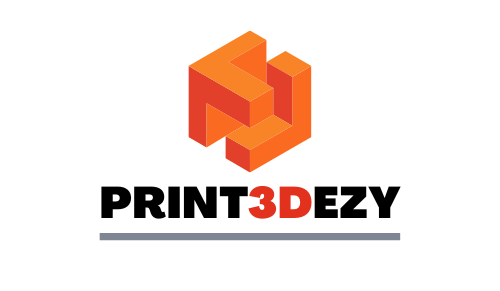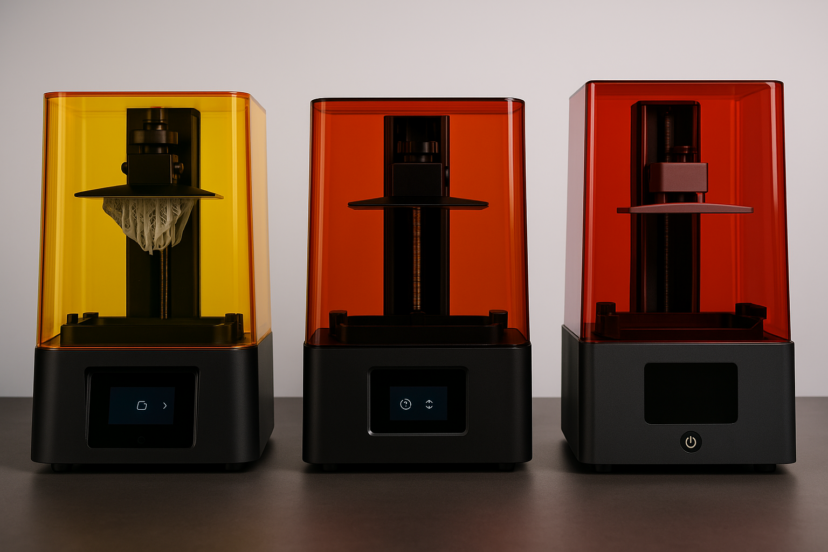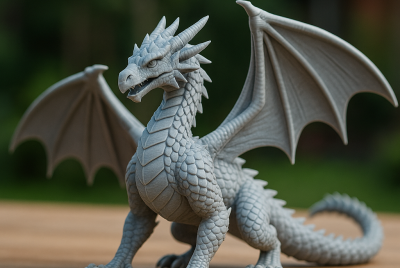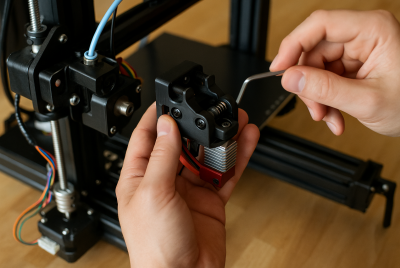Best Resin 3D Printers for High-Quality Prototyping in 2025
You are aware of how rapidly the 3D printing industry has evolved if you have been following it. As of 2025, resin 3D printers continue to lead the way in producing incredibly accurate and detailed prototypes. These printers are revolutionary, regardless of your field—engineering, jewelry design, or even the development of medical devices. But how can you choose the finest option for your needs when there are so many available? I’ve got you covered, so don’t worry. Let’s examine this year’s top best resin 3d printer for superior prototyping.
What Is a Resin 3D Printer?
Let’s start with the basics before diving into each printer’s details. The more popular filament-based printers are not the same as a resin 3D printer. Resin printers employ liquid photopolymer resin rather than plastic spools. When exposed to ultraviolet (UV) radiation, this resin solidifies. The method, called stereolithography (SLA), produces prints with a smooth surface and a high level of detail, making them perfect for high-precision prototypes. Imagine it as a light sculpture!
Why Choose Resin 3D Printers for Prototyping?
For prototyping, resin printers can be ideal because they provide:
- High Accuracy: These printers are perfect for precision work like jewelry or engineering parts since they can produce incredibly accurate models with intricate details and sharp edges.
- Smooth Finishes: Resin prints frequently require less post-processing, in contrast to other 3D printing techniques. Thus, less time will be spent finishing and sanding the model!
- Rapid Production: You can test your designs without having to wait a long time because these printers operate quickly and create high-quality prototypes more quickly than some other techniques.
What Makes a Good Resin 3D Printer for Prototyping?
When you’re choosing a resin 3D printer, there are a few key factors you need to consider:
Print Resolution: The higher the resolution, the more detailed your prototype will be. You’ll want a printer that can capture the fine details of your design.
Build Size: A larger build volume means you can print bigger prototypes, or multiple smaller ones, all in one go. Perfect if you need to produce several parts at once.
Speed: Some printers are faster than others, but remember, you don’t want to sacrifice quality just for the sake of speed.
Ease of Use: Look for printers with touchscreen interfaces, automatic leveling, and other user-friendly features. You don’t want to be struggling with complicated setups when you’re trying to get work done.
Price: While resin printers can be an investment, it’s essential to find the right balance between features and cost. Remember, quality is key, but budget matters too.
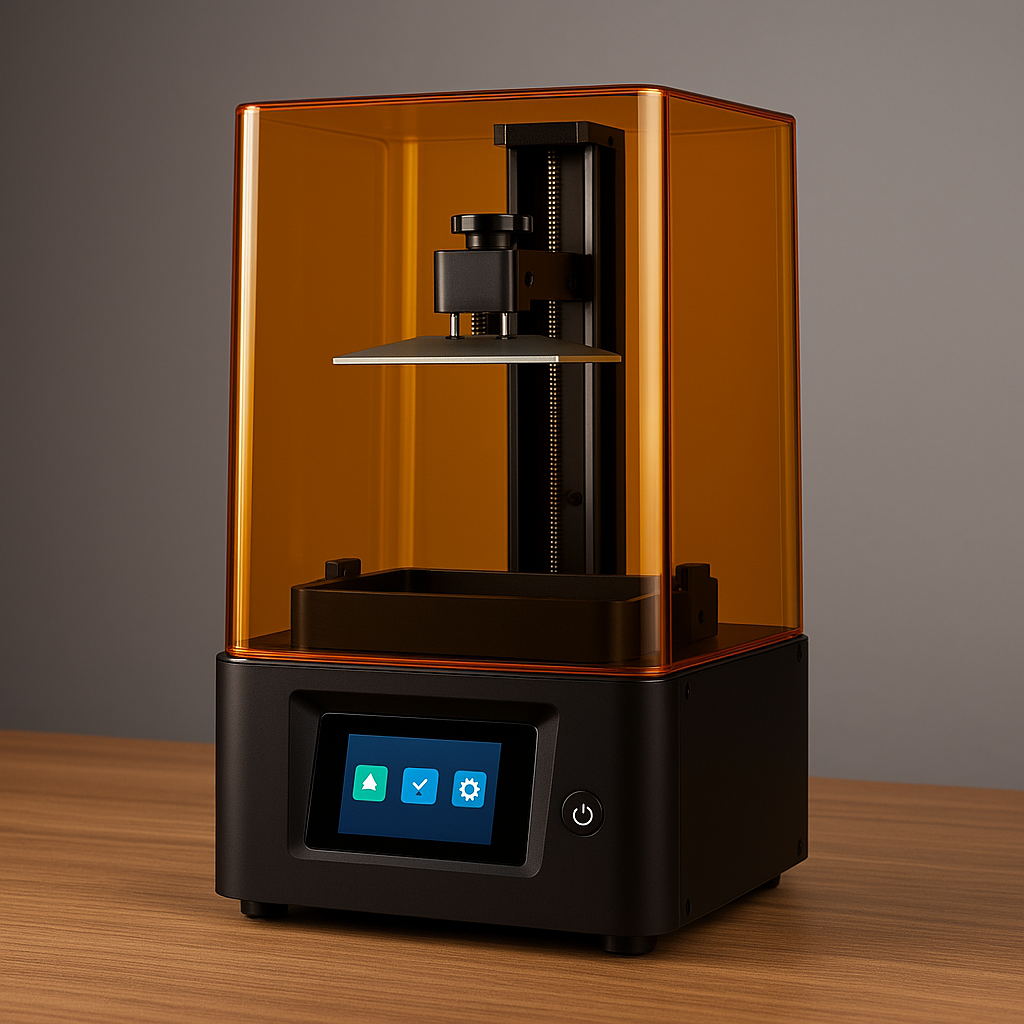
Top 5 Resin 3D Printers for High-Quality Prototyping in 2025
Now that we know what to look for, let’s dive into the top resin 3D printers for prototyping this year.
1. ELEGOO Saturn 3 Resin 3D Printer
If you want precision and size, the ELEGOO Saturn 3 has you covered. This printer boasts an 8K monochrome screen, meaning you’ll get highly detailed prototypes in no time.
Print Resolution: 8K (7680 x 4320 pixels)
Build Size: 218 x 123 x 250 mm
Key Features: The Saturn 3 has an ultra-high-resolution LCD, plus a monochrome screen that makes the curing process faster. It even has an automatic resin feed system to make your life easier.
Why It’s Great for Prototyping: With its large build size and high precision, the Saturn 3 is perfect for industries like automotive and engineering, where both detail and scale are important.
2. ANYCUBIC Photon Mono M7 Resin 3D Printer
The ANYCUBIC Photon Mono M7 is designed for pros who need top-tier resolution and speed. If you’re working on prototypes that demand high detail and quick turnaround, this is your go-to.
Print Resolution: 7K (7680 x 4320 pixels)
Build Size: 11.8 x 11.7 x 6.5 inches
Key Features: Thanks to its LighTurbo 3.0 technology, printing speeds are much faster. The large monochrome screen makes prints last longer, and its intelligent printing system ensures better results.
Why It’s Great for Prototyping: The M7’s speed and precision mean you can print large, detailed prototypes quickly—ideal for prototyping in fast-paced industries.
3. ELEGOO Mars 5 Resin 3D Printer
The ELEGOO Mars 5 is reliable, affordable, and great for producing precise prototypes. With its 35-micron resolution, it can print the tiniest details, which is why it’s a favorite in fields like jewelry design.
Print Resolution: 35 microns
Build Size: 143 x 89 x 175 mm
Key Features: It features a monochrome screen that speeds up the curing time, a stable Z-axis, and automatic leveling. Plus, it’s known for being durable and easy to use.
Why It’s Great for Prototyping: It’s a great choice for small-scale prototypes, offering excellent value while delivering high-quality, detailed outputs.
4. ANYCUBIC Photon Mono M7 Resin 3D Printer
The Photon Mono M7 is one of the most popular choices out there for a reason. With a large print size and fast speeds, it handles intricate prototypes like a pro.
Print Resolution: 50 microns
Build Size: 8.77”x4.96”x9.05”
Key Features: The monochrome LCD screen ensures faster curing times, and the linear rail system provides stability for more accurate prints.
Why It’s Great for Prototyping: Its large print volume and quick speed make it ideal for bulk production or larger prototypes, while still maintaining high-quality results.
5. Phrozen Sonic Mighty 4K Resin 3D Printer
If you’re tight on space but still need detailed prints, the Phrozen Sonic Migthy 4K is a great choice. It’s small but mighty, perfect for high-precision prototyping in small areas.
Print Resolution: 4K (3840 x 2160 pixels)
Build Size: 143 x 89 x 175 mm
Key Features: The Migthy 4K comes with a monochrome LCD for faster prints and fewer resin changes. Plus, it has an ultra-stable Z-axis for precise results every time.
Why It’s Great for Prototyping: This is perfect for anyone needing intricate, smaller-scale prototypes like product designs or miniatures. Its compact size doesn’t sacrifice its performance.
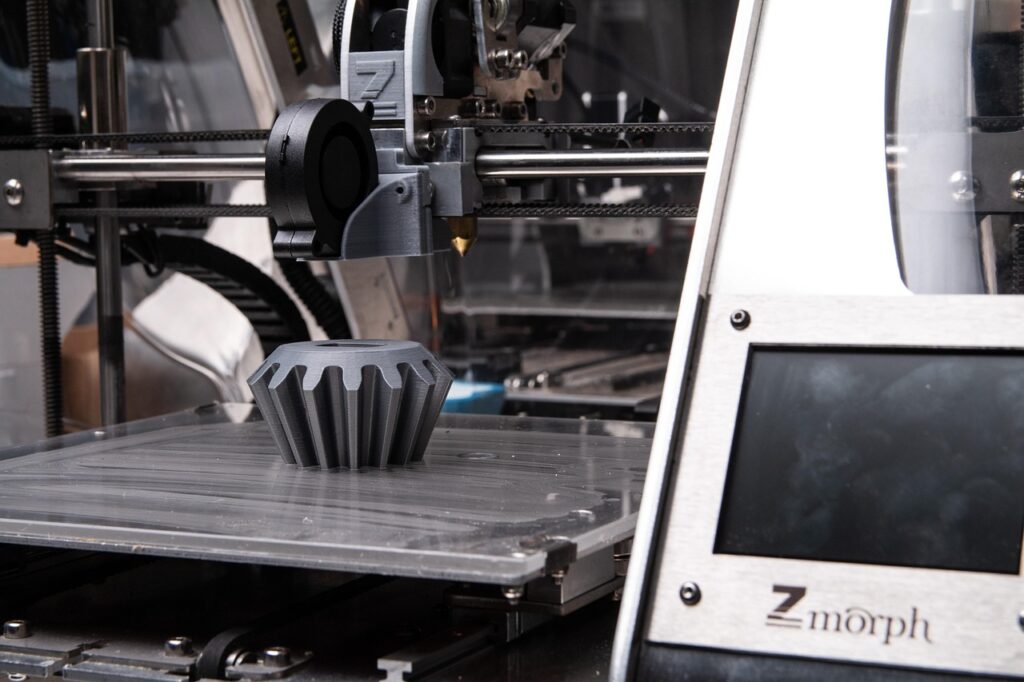
Factors to Consider When Choosing a Resin 3D Printer
When shopping for a resin printer, there are a few things you should keep in mind:
Print Quality: Always aim for high-resolution prints with clear, crisp details. Quality is a must, especially if you’re working with intricate designs or precision parts.
Speed vs. Accuracy: There’s often a trade-off here. Faster prints can sometimes mean less accuracy, and vice versa. If you’re prototyping at scale, speed might be more important. If you need highly detailed models, prioritize accuracy.
Build Size: Larger print beds are essential if you need bigger prototypes or want to print multiple smaller ones simultaneously. Think about what size models you typically work with.
Ease of Use: A user-friendly interface with features like automatic leveling or touchscreen controls will save you time and frustration in the long run. Choose a printer that’s easy to operate, even if you’re not an expert.
Post-Processing Requirements: Most resin prints need some cleaning and curing after printing. Some printers come with additional equipment for post-processing, which can make life easier.
Cost: Keep your budget in mind. High-quality resin printers can be pricey, but the initial investment is worth it for the detailed prototypes you’ll be able to create.
Advancements in Resin 3D Printing for Prototyping and Manufacturing
Recent advancements in stereolithography (SLA) technology have significantly enhanced rapid prototyping and manufacturing processes. A detailed review of SLA explores its growing applications, challenges, and solutions, shedding light on its industrial relevance. Additionally, the use of SLA for creating microfluidic devices has shown promising results, offering insights into the intricate and functional prototypes that can be produced through resin-based printing. For further reading, you can explore the study on recent advancements in stereolithography on ScienceDirect and the research on rapid prototyping of thermoplastic microfluidic devices via SLA on Nature.
Check this out:
Conclusion
Choosing the right resin 3D printer for prototyping in 2025 comes down to what matters most to you: resolution, build size, speed, or ease of use. Whether you’re designing prototypes for a new gadget, creating intricate jewelry, or just diving into 3D printing for the first time, there’s a printer that fits your needs. Just remember: balance quality with cost, and choose a machine that can handle your projects with ease.
FAQs
What is the best resin 3D printer for beginners?
For beginners, the ELEGOO Mars 3 Pro is a great option. It’s affordable, user-friendly, and produces high-quality prints, making it ideal for anyone just getting started.
Can resin 3D printers produce durable prototypes?
Absolutely! Resin printers can produce highly durable prototypes that are suitable for both functional and visual models.
What is the difference between SLA and LCD resin printers?
SLA printers use a laser to cure resin, while LCD printers use an LCD screen to project light. SLA typically offers higher precision, but LCD printers are faster.
How long does a resin print take?
Resin prints typically take anywhere from a few hours to a full day, depending on the print size and resolution.
Do resin 3D printers require a lot of post-processing?
Yes, most resin prints need to be washed to remove excess resin and cured to harden. But trust me, the results are worth the extra effort!
